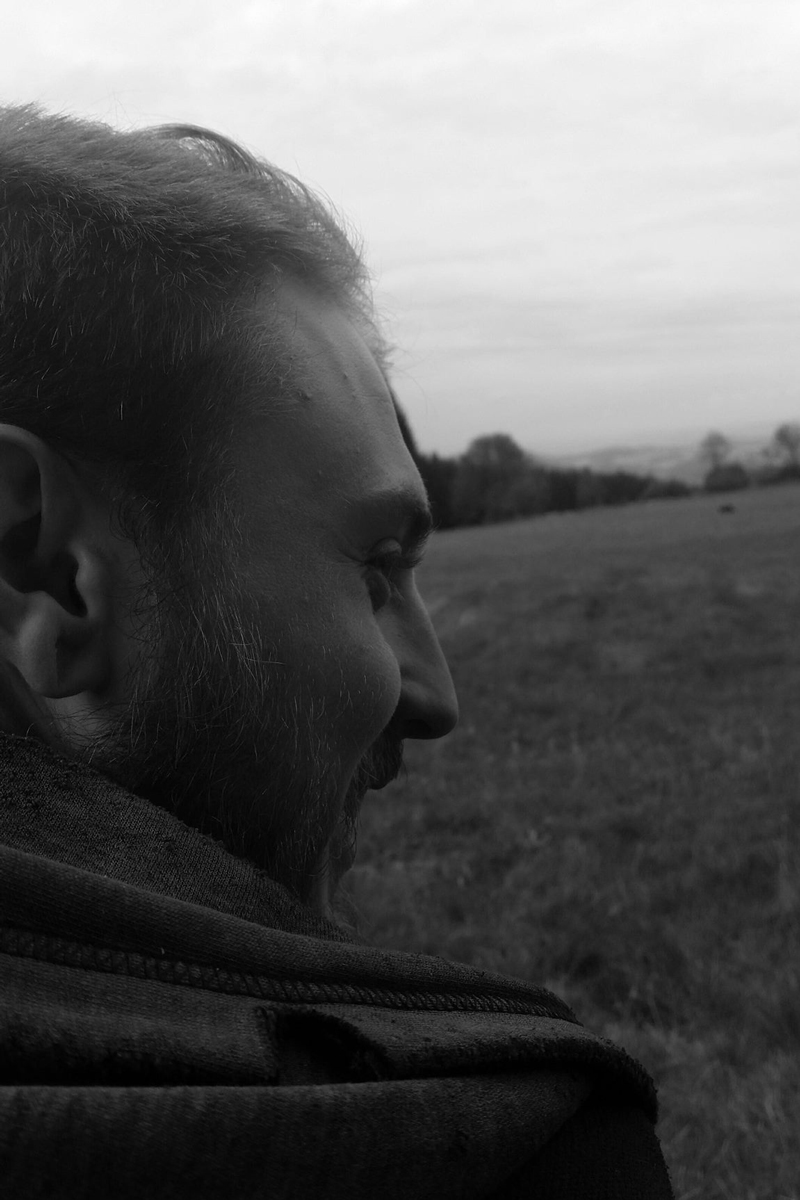Jonathan Lohr – Workshop Hendrik Schöne / Holzbrand
Firing a Sasukenei wood-firing kiln is, first and foremost, a lot of work. Doing it anyway is, honestly, also a lot of fun, which became apparent during the 12 days our team spent at Hendrik Schöne’s in Upper Lusatia. Five students of the Landshut Keramikschule, from differing years, were selected to fire this special type of kiln alongside ceramic artists from Germany, Switzerland, the Czech Republic and Denmark.
Admittedly, it does not take a full 12 days to fire the kiln. After 3 days of preparation, in which measurement instruments are installed, wood chopped, shelves sanded, ceramic pieces glazed and placed into the kiln, 3 days of firing follow. During this time everyone works in shifts; even such a large kiln, so impressive to look at, is still a sensitive precision tool and must not be left alone while being fired, even for a minute. The days and nights blur, merging into each other; when you are not sleeping, you are working for the group or for the kiln, which demands constant feeding.
Everyone has his/her well-defined tasks. At the beginning it’s a bit bumpy. Towards the end of the firing it runs smoothly, each step familiar; the kiln and the team are no longer strangers, and everyone is full of eager anticipation as to what treasures are being created as the infernal temperatures transform the biscuit pieces into stoneware. The firing itself is followed by a period of waiting, and the fact that you cannot look inside right away is tormenting. The anticipation and suspense grow.
Our group uses this time of waiting for another project. We dig a pit of 2 by 4 meters and approximately 50 cm deep, and under the direction of a Swiss ceramic artist we experience one of the oldest firing methods of human history – a pit fire.
The pit is filled with all kinds of biscuit pieces and organic material, mostly wood shavings, and then set on fire, taking the wind direction into consideration.
As with the Sasukenei kiln, the act of starting this fire becomes a ceremony, as it has probably long been customary among people who love ceramics, pottery and fire. Handling ceramics in such an elemental, primal way is new for most of the students.
This pit fire must also cool. Again waiting. Again uncertainty. We are glad to leave the of firings for an outing to the Czech Republic. We are given a warm welcome in the potters‘ village a couple of hours‘ drive away. They take us through the various studios and workshops. A very old, very large wood-firing kiln in one of the buildings made a big impression on all of us. After the excursion we spend the evening, as nearly every evening, in Hendrik’s kitchen. We cook together and over a glass of wine or two exchange stories. The group grows closer; friendships are made.
Nothing in life is free. The many hours of hard work and the rejects discovered after the firing are the price to be paid for the unmistakable signs of flame and ash on the ceramic pieces, and after the kiln and the pit have cooled, the treasures which went through fire to become one-of-a-kind pieces are admired. The process of setting the individual pieces next to the kiln, checking them, debating, sorting out rejects, also has a reverent feel to it. What you invested so much time into is now spread out in front of you, and you can do nothing but marvel. Presents are exchanged. After a not un-tearful goodbye we leave with great memories of the time with Hendrik Schöne and have made new friends; we are invited to come back to feed the Sasukenei a second or third time with ceramic pieces and wood.
Jonathan Lohr, published in the Keramikschule Landshut 2018/2019 Year-End Publication, pp. 40-43.
 International Wood-Fire Ceramic Symposium Watermill Wittgendorf – Upper Lusatia
International Wood-Fire Ceramic Symposium Watermill Wittgendorf – Upper Lusatia